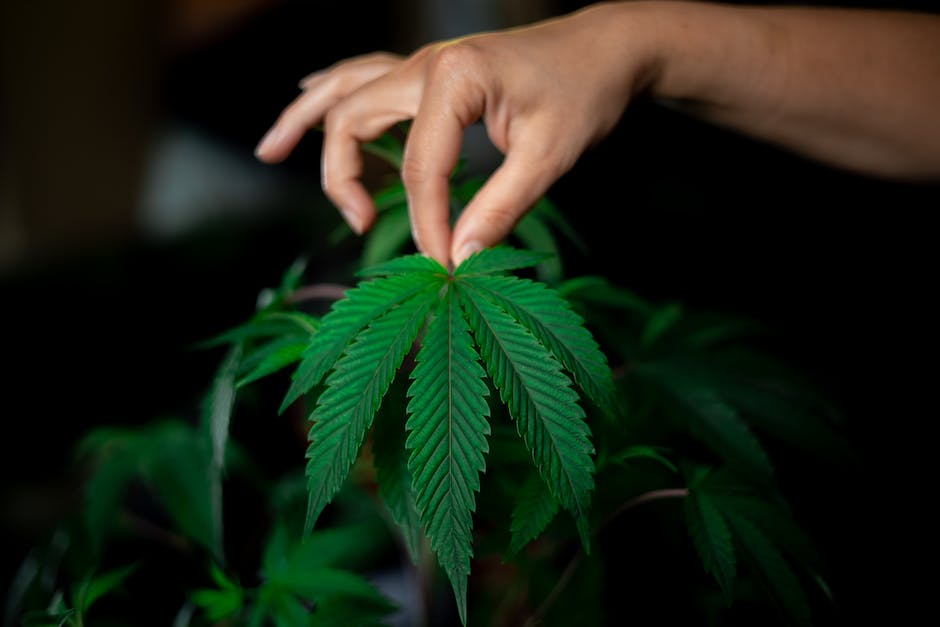While most people are aware that cannabis plants have leaves, flowers, and buds, there is an important part of the plant we usually forget about-the stalks! The marijuana stalk is the leftover material from the process of drying out the flower/cure it before processing into products such as dried weed or pre-made oils.
The reason why everyone seems to skip over them is because they think these sticks will break down in nature and help fertilize the soil, but this isn’t always the case. When you remove all of the parts of the plant other than the bud, the chemical components begin to degrade and/or evaporate which can potentially harmful chemicals.
Some of these chemicals include heavy metals like lead and mercury, volatile organic compounds (VOCs) such as benzene and acetone, and polyaromatic hydrocarbons (PAHs) such as benzo(a)pyrene. All of these substances have been linked with health issues such as cancer, organ damage, and more.
This article will go into detail about the different types of stalks, what effects they may contain, and how to properly dispose of them.
History of cannabis
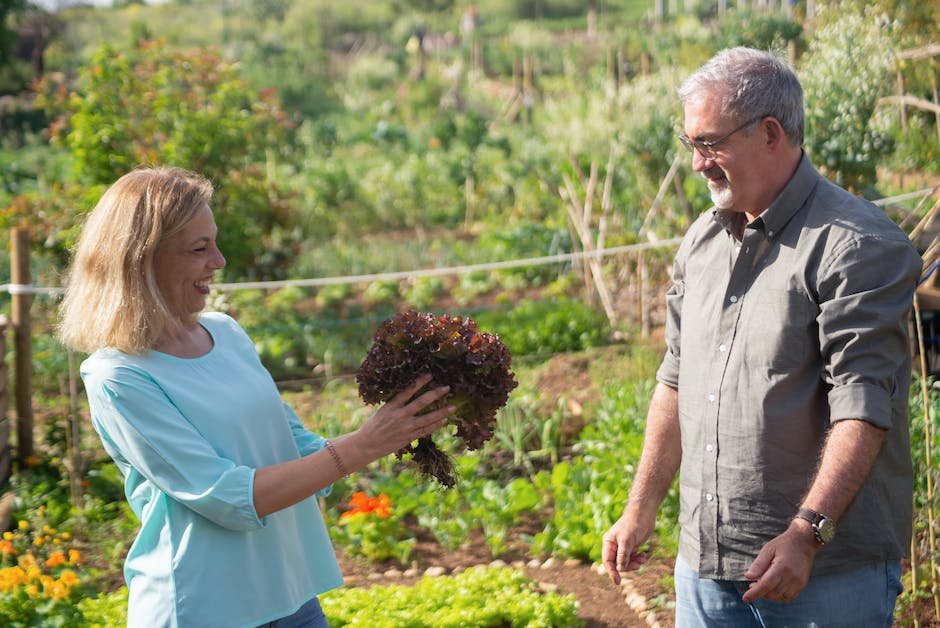
Before there was marijuana, there were plants that used cannabinoids for self-reproduction. The most well known example is the hemp plant. Hemp comes from the same genus as cannabis, but does not contain THC. Instead, it contains another compound called cannabidiol (CBD).
Hemp has many uses, including textiles, food products, paper, medicine, and more! CBD is an increasingly popular natural product that people use to help with pain, sleep, anxiety, and other issues.
Many people have noticed positive changes in symptoms after trying CBD, so some companies produce their own versions or brands containing CBD. These are often referred to as “medical” CBD because they have been approved by the FDA for certain conditions.
However, before anyone can say for sure whether or not CBD helps decrease symptoms and/or cures disease, we first must discuss how to properly harvest and process cannabis.
History
Early humans in Northern Europe discovered that different strains of cannabis would promote rest and relaxation. They also found medicinal benefits suchas relief from chronic pain and temporary improved appetite.
It is believed that ancient cultures practiced ritualized smoking of dried cannabis flowers or leaves to enhance spiritualityand wellness.
In fact, several studieshave shown that cannabinoids may play a significant role inthe reduction of cancer cell growth and mortality. This makes sense, giventhat cannabinoidsare naturally occurring molecules that interact with cellsof the body.
Process of harvesting cannabis

After you’ve finished all steps of the cannabis growing process, it is time to begin thinking about harvest. This is typically done in two stages – early harvest or late harvest.
Early harvest means picking the flowers, leaves, and/or other parts of the plant before it has completely dried out. These parts are then cured with either heat or chemical treatments to make them dry and brittle.
Late harvest means drying the plants down until they are quite crispy and hard. The parts can be treated as described above to achieve this goal.
This article will talk more about curing methods for marijuana flower. There are three main types: using hot water, using chemicals, and using steam.
Equipment needed for a cannabis farm
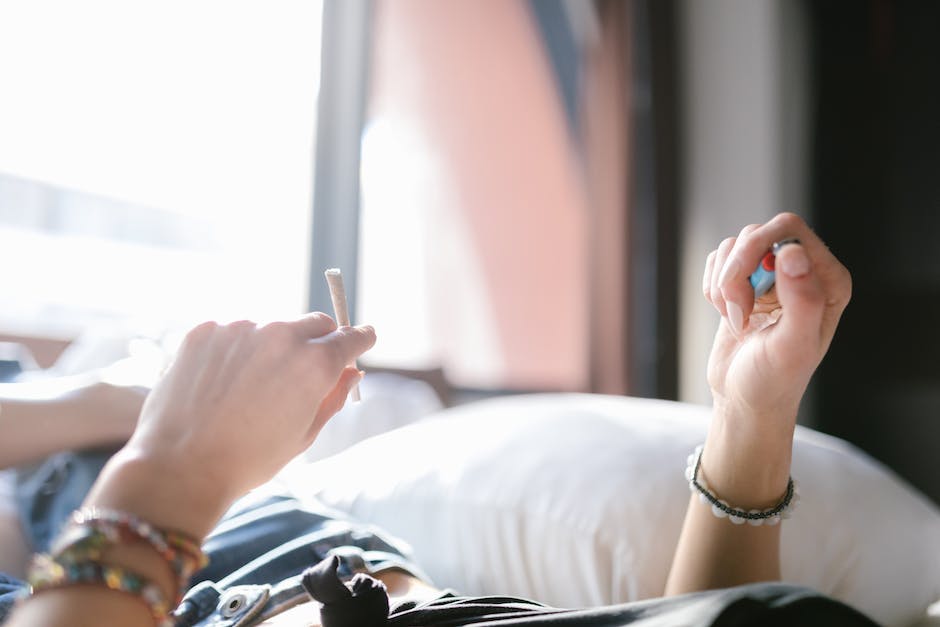
So what kind of equipment you need to have as part of your cannabis farming business depends mostly on how much cannabis you plan to grow. If it’s just a small amount, then you can probably get by with only one or two pieces of equipment.
However, if you want to start building an efficient growing facility that produces a good quality product, then you will need several different items. Fortunately, most of these things are relatively inexpensive!
The key thing to remember is that buying cheap won’t do you any good. You will be wasting money due to poor functionality or damage caused by sub-quality materials.
So, make sure to research various products before investing in them.
Process of curing cannabis
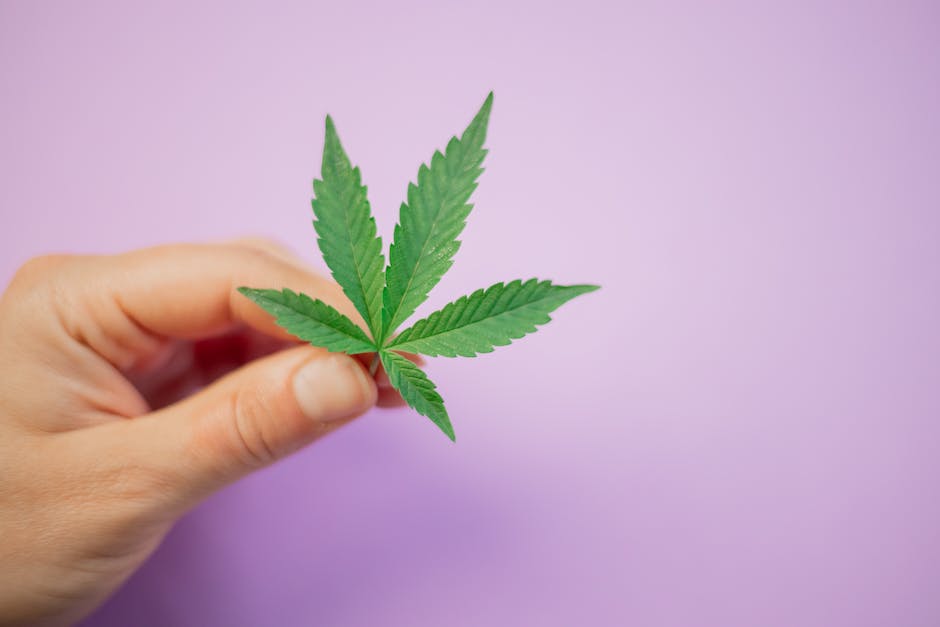
During the process of curing or drying your weed, different temperatures are used to achieve this. The initial stage is usually green-powdered marijuana that has not been trued up yet. This is called raw pot or wet herb.
Next comes the pre-cure process which is heating the bud until it becomes a soft mass. After this, it’s time to roll it into balls or tamp down the plant matter so that it can dry more efficiently.
The next step is removing moisture from the plant material by either using an oven or creating a low humidity environment. When both those steps have been completed, you can then pack the dried buds in an empty container or box with adequate space for air circulation.
After packing all of that together, you need to use a good quality vacuum seal machine to compress the package properly.
Medical conditions treated with cannabis
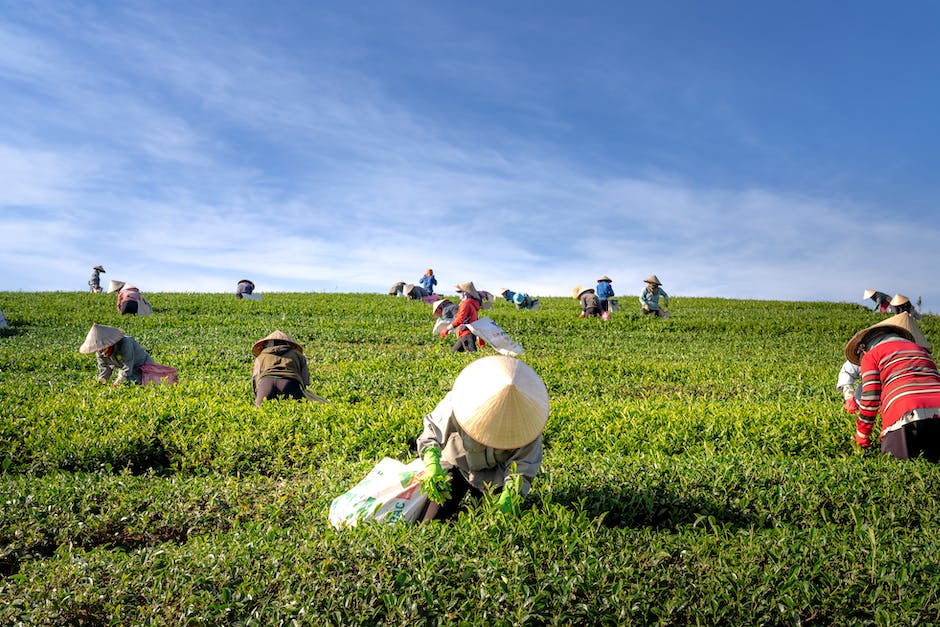
Many people use marijuana for medical reasons. It has many uses that have been scientifically proven to work, with little risk of harmful side effects.
Marijuana is most commonly used to treat pain symptoms, such as muscle or bone spasms, chronic pain, or acute pain (sudden, debilitating injuries).
It can also be used to relieve nausea, reduce sleep problems caused by diseases like cancer or AIDS, increase appetite in patients who are underweight due to an illness, and help relax muscles and the nervous system.
Some studies show that it may even have anti-cancer properties. However, this isn’t always the case and more research is needed. Because of potential complications including addiction if not done correctly, MA is only recommended for very short periods of time and/or limited doses for serious health issues.
Best times of day to harvest

As with any plant, the season and time to gather your cannabis depend on the product you want to collect its dry leaves or flowers from. If it is to be dried down into another form like hashish or marijuana, then the buds must be cured (dried) before they can be processed.
This means that the plants need to spend more time exposed to air so that it may dry and harden. The length of exposure to air depends on the thickness and density of the bud being harvested. A thick cluster of hairs will take longer to dry than a thin patch of grass!
Thick clusters are what make growers prize pot strains such as Northern Lights Haze or AK 47 for example. They know their weed has to spent enough time drying out to feel solid and heavy in hands!
The best way to determine when the crop is fully dry is by weighing it – this works because water content decreases as the plant dries. By weighing every few hours, you can get an estimate of how long it takes to dry completely.
General tips: remember that moisture attracts other molecules, including those that could potentially spoil or damage the herb! Make sure to keep the area clean where possible.
Also, do not pull off too much foliage at one time as this could cause the plant to lose energy in production of new growth. Let it replenish itself over several days.
Ways to determine your plant’s maturity

Mature plants will have longer leaves than young ones, as well as thicker stems. The flowers will also be more prominent, and you can usually tell when they start blooming because of how rapidly they grow.
When harvesting cannabis flower, make sure to only pick mature buds that are not soft or crusty. If you pull apart individual hairs, then the shorter thick hairs indicate a younger harvest.
However, this doesn’t mean it is wrong to take early buds! When baking with marijuana, recipes will typically call for dryer, older buds which pack in all of the THC better.
But remember, just because one person’s weed is slightly older does not mean yours is! Different strains require different amounts of time to fully develop their genetics.
Ways to tell if your cannabis is ready to be harvested
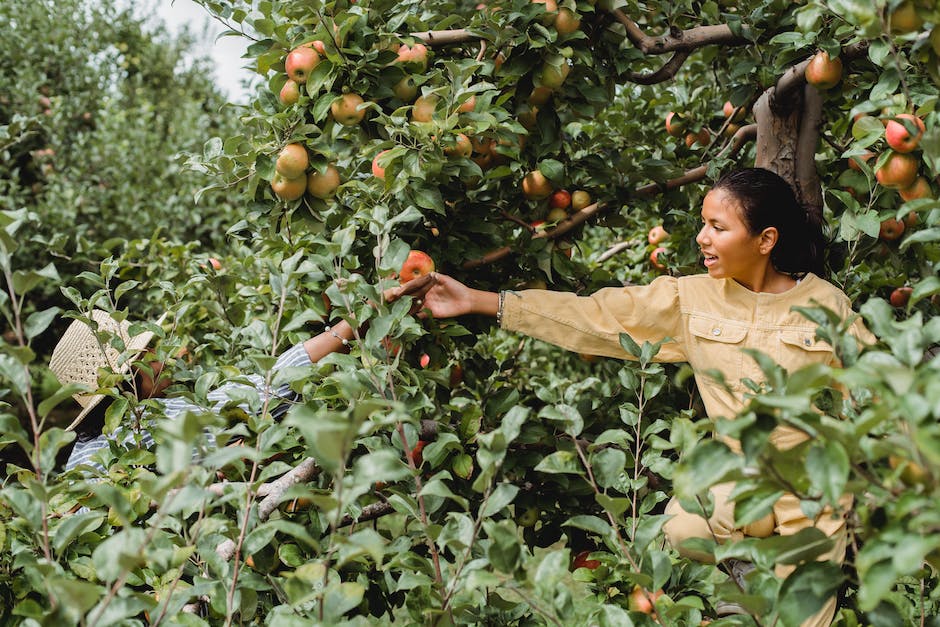
A good way to determine when it’s time to harvest your weed is by how well it grows. If it takes longer than one or two weeks for it to fully develop, then that may indicate there isn’t enough light for it to thrive in.
If it starts budding (where new leaves emerge from the stalk) and gets darker in color as it matures, that can mean it has adequate sunlight exposure.
Also make sure its smell changes as it develops- it should get stronger as it matures, not weaker!
When it comes down to it, just test one strain of bud to see if it’s ripe and since most people smoke their pot at night, that’s when you should check it.
